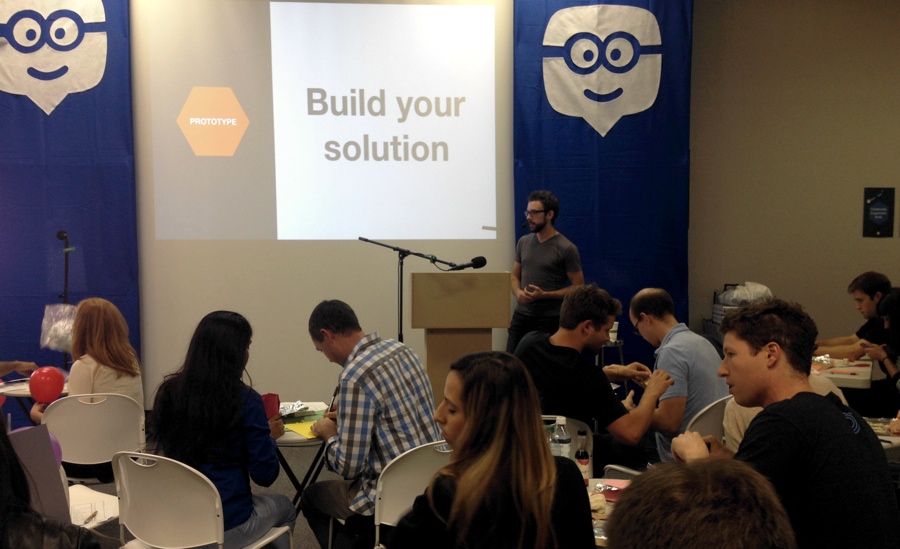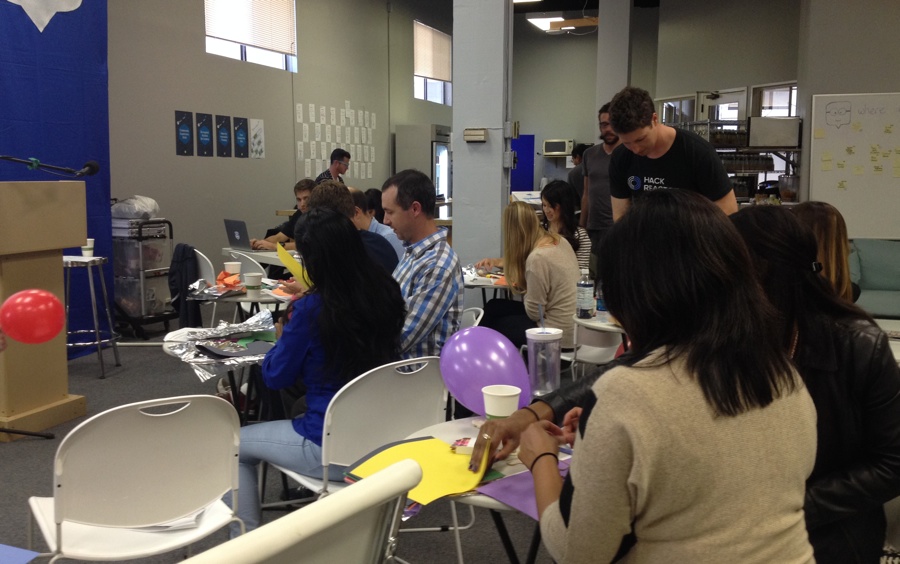How do we reach these kids?
Designing the right solution means asking the right questions.
Background
In 2013, Edmodo was growing fast. Not only did we double the size of our user base in a year’s time, we also doubled our headcount. Our product development process was changing and I wanted to make sure everyone felt empowered to make meaningful user-centered design decisions.
How we did it
I’m a strong believer in the “learn by doing” philosophy when it comes to helping people understand a new concept. So, when it came time to help an entire organization understand what a human-centered design process looked like, I had to find a way to give everyone something to do. I turned to the Stanford D School’s Design Thinking crash course for some inspiration and created a modified version of the Gift-Giving Project.

In the Gift-Giving Project, participants pair up to redesign the gift-giving experience for their partner. Over the course of an hour and a half, participants learn what it is like to understand a problem, empathize with a user, create some prototypes, and ultimately evaluate their prototypes for effectiveness. The Gift-Giving Project is great but I worried that the parallels to our own digital product development process would not be as obvious as I’d like them to be. I made some slight modifications and recreated our very own Edmodo Edition of the project where the task at hand was to redesign the learning experience for your partner.
Slides
After it was made clear that we weren’t necessarily designing Edmodo features but trying to improve the learning experience for our partners in whatever way works best for them, the workshop was underway. Over the next hour, about 20 people from a variety of backgrounds would conduct their first user interview, their first user test, and build their first prototype. The solutions were totally weird but at the same time, totally on point.
How things played out

Do I think someone actually took home their popsicle-sticks-and-pipecleaner solution and effectively improved their learning outcomes? Probably not. However, when it came time to go out in the field and interview teachers about how they interact with our country’s every-evolving education standards, it probably made a whole lot more sense why we were doing so.
Nearly half of the organization chose to participate in these workshops and almost 100% of the product/engineering team was present. During the wrap-up I posed a few questions for our participants to help gauge their undersatnding. While there was a lot of talk about how the interviewing and prototyping helped shape the direction of their original idea, the most common piece of commentary was “That went much faster than I expected.”
Resoruces
If you’d like to conduct your own Design Thinking Workshop using individual learning experiences as the design challenge, feel free to use my slides and the following participant worksheet.